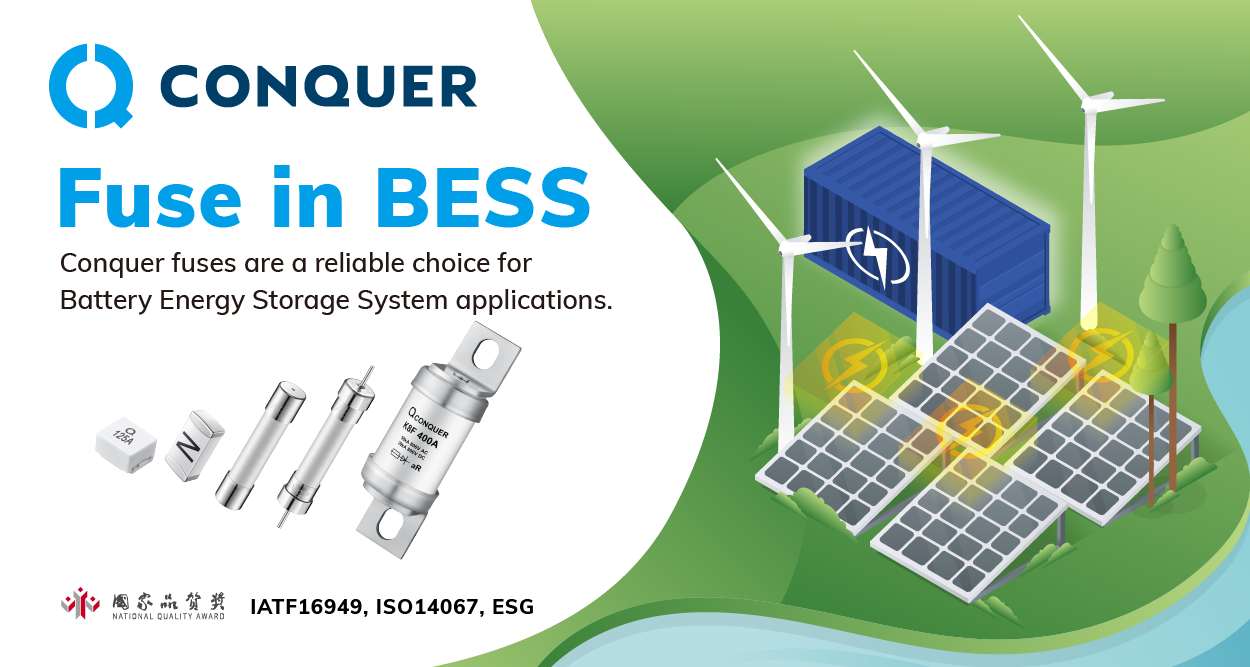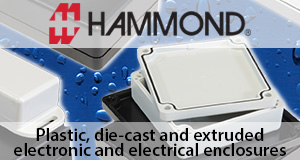Functioning as an on-off switch in many switched-mode applications, power MOSFETs in applications such as start-up circuits in SMPS, surge and high voltage protection, reverse polarity protection, or solid-state relay, are required to be operated as normally ‘on’ switch when the gate-to-source voltage VGS is zero. The depletion-mode MOSFET as it is known functions as normally ‘on’ switch when VGS=0V
Enhancement-mode and depletion-mode MOSFETs, what’s the difference?
The first variance is in the circuit symbols of enhancement-mode (EM) and depletion-mode (DM) devices as shown in figure 1. The EM-device has no conduction at VGS=0V, the conduction commences at gate-to-source threshold voltage VGS(th). In contrast the DM-device’s channel is fully conducting at VGS=0V. For the EM-device, the drain current ID increases when VGS>VGS(th), in a DM-device, the current increases when VGS>0 and the EM-device ceases conduction at VGS<VGS(th). However, for the DM-device, negative gate voltage VGS reduces the current ID and the device stops conducting at gate-to-source cut-off voltage VGS(off). Figure 1 reveals the major alterations between both the MOSFETs in terms of their output characteristics.

The EM device cannot replace the DM device in certain applications because they do not conduct at zero gate voltage VGS. In addition, the gate drive circuit is not required in some applications involving depletion MOSFET device because the gate gets biasing from the circuit where it is implemented, saving overall system cost along with reduced complexity and improved reliability due to the linear mode operation capability of depletion MOSFETs.
Depletion-mode MOSFETs
Littelfuse depletion-mode power MOSFETs are constructed with vertical double-diffused MOSFET (DMOSFET), and all devices can sustain linear mode operation due to their extended Forward Bias Safe Operating Area (FBSOA) delivering highly reliability in applications [1][2]. Littelfuse depletion-mode MOSFETs are classified as as Depletion D, Depletion D2, and Depletion CPC product families [4].

Unlike EM devices, DM devices are not used for high-speed switching as commonly EM devices are not capable of linear mode operation except linear MOSFETs [1] . All the D and D2 family devices are capable of sustaining linear mode operation thanks to their extended FBSOA. High-voltage depletion MOSFET products with a 2500V rating are currently under development. High voltage (HV) test equipment, power supply, ramp generator, insulation resistance test equipment or auxiliary power supplies for HV power transmission system all require depletion MOSFETs.

Applications of depletion-mode power MOSFETs
The following applications are uniquely suitable for depletion-mode MOSFETs [3].
1. Switched Mode Power Supply – SMPS start-up circuit
Power resistor and a Zener diodes conventionally used as the start-up circuit of an SMPS. Even after the start-up phase, the power resistor consumes power continuously resulting in excessive heat on the PCB, poor efficiency, and limited input voltage operating range of an SMPS. The depletion MOSFET (as illustrated in Figure 4) provides initial current required by the PWM IC to kick-start operation. After the start-up phase, the auxiliary winding will generate the required power for the PWM IC, during normal operation, the depletion MOSFET draws minimal power because of its low quiescent current. The main advantage of this approach is theoretically zero power dissipation after the start-up sequence, leading to improvement in overall efficiency. Further, it occupies a smaller area on PCB and enables a wide input DC voltage range which is essential for many applications such as solar inverters.

2. Linear voltage regulators for surge protection
Linear voltage regulators provide power to small analog circuits, CMOS ICs, or any other load requiring low current where the input voltage Vin comes directly from a bus voltage. This might have large voltage variations including high voltage spikes due to the application’s environment. Depletion MOSFETs can be used to implement surge protection in linear voltage regulator circuits as seen in figure 5. The MOSFET is connected in source follower configuration. The voltage on the source will follow the voltage on the gate. The depletion MOSFET’s conduction is dependent solely on its gate voltage and is independent of its drain voltage. This configuration is used to mitigate any voltage transient up to the withstand capability of the device voltage rating VDS. The advantage of a depletion MOSFET based solution is the wide DC operation voltage range Vin and minimal power dissipation thanks to low quiescent current of the MOSFET. The possible use of such protection is in telecommunication circuits to mitigate transients caused by lightning strikes. Another possibility could be in automotive and aviation electronics application to mitigate transient caused by inductive loads.

3. Constant current source
The depletion MOSFET can be used to implement a constant current source as illustrated in figure 6. It provides constant current to the load depending on the value of the resistor R and gate cut-off voltage VGS(off). The current ID is thus independent of the voltage Vin. The current is equivalent to

. Such current sources can be in LED array driver, trickle charger circuit to maintain battery charge for surveillance systems or to charge capacitors at constant rate.

4. High-voltage ramp generator
Applications such as automatic test equipment require high-voltage ramps with a linear relationship between output voltage and time. The depletion MOSFET can be configured to design a high voltage ramp generator as seen in figure 7. The constant current source charges the capacitor C via resistor R1 and generates a voltage ramp, Vout across the capacitor. The linear MOSFET can be turned on with a control signal to reset the ramp voltage discharging the capacitor to zero through R2. Resistor R2 is used to limit the discharge current for the linear MOSFET to operate within its SOA rating.

5. High-voltage protection circuit
The depletion MOSFET can be used to protect measurement instruments against destructively high voltage caused by accidental connection of measurement probes to high voltage Vmeas (figure 8). In such events, the MOSFETs S1 and S2, configured in back-to-back configuration, will protect the instrument by limiting the current. This will give the protection against positive as well as negative voltages across the probe. The possible use of such a circuit is in bench-top or hand-held instruments.

6. Solid state relay
The depletion MOSFETs are excellent to implement solid state relays (SSR) for load switching in place of electro-mechanical relays (EMR) as illustrated in figure 9. The important advantages of an SSR are immunity to magnetic fields, higher reliability due to the absence of mechanical contacts, enablement of smooth operation thanks to elimination of contact chattering, and space saving on PCB. Applications such as medical equipment, industrial automation, measurement and test equipment and consumer electronics are examples where SSRs are widely used.

Conclusion
Depletion-mode MOSFETs can be used whenever application demands current at zero gate voltage. These devices are often forgotten despite having numerous practical applications. Littelfuse has the widest range of these, from 60V to 1700V and the only manufacturer offering high current depletion MOSFETs. The applications highlighted in this article will help the designers to select these devices in various industrial applications leading to efficiency improvement and increased system reliability.
References
[1] Article: Straight Facts about Linear MOSFETs and their Applications; October -2021 issue; https://www.bodospower.com/
[2] White Paper: ‘MOSFETs Withstand Stress of Linear Mode Operation’; www.littelfuse.com.
[3] Depletion-Mode Power MOSFETs and Applications; https://www.ixys.com/Documents/AppNotes/IXAN0063.pdf
[4] Littelfuse offering on Depletion MOSFETs, Gate drivers; www.littelfuse.com.














